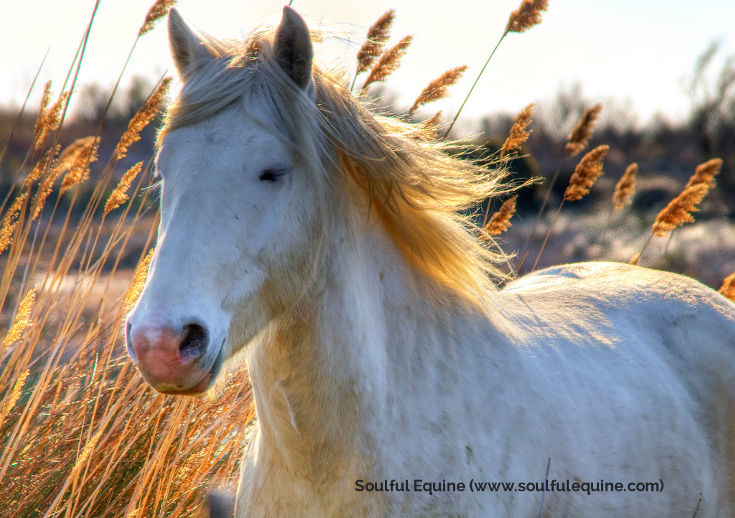
A common term that floats around natural horse care circles is wild horse model. Put simply, it means modeling an environment for the domesticated equine that mimics that of a wild horse’s habitat.
This concept can vary because there’s no “one” wild horse model. There are models which are more optimal for the domesticated horse, but there isn’t just one.
Most know of the term wild horse model as it relates to natural hoof care, but in reality the horse’s hoof is a by-product of it’s environment.
The model that most are familiar with is based on horses who live in harsh desert lands. The plant sources are dry and usually low in nutrient content.
Other wild horses, like those in the marshes of France, may live in wet environments with an abundance of varied plant sources.
That’s two examples of varied environments. There’s an abundance of knowledge we can obtain from learning about the variety of wild horse habitats. Horses are adaptable and that’s why they have survived for millions of years.
One criticism of natural horse care is that it attempts to mimic how horses live in the wild and it’s impossible to reproduce that habitat in domestication. This is, to some degree, a true statement.
It is, however, our responsibility as our horses’ care giver to give them every opportunity to experience life as close as possible to how their wild counterparts live. Why would you want to do this?
It’s a well known fact that zoos decided to design more natural habitats to promote an animal’s well-being. This is not a new concept. It’s actually so old it’s new again.
Horses, by nature, are designed to move continuously (24/7) – seeking out food and water – and to continuously eat small amounts of forage. They’re also one of the most social of creatures; therefore, socialization is critical to their well-being. As they move, they are capable of forging a beautifully shaped natural bare hoof that functions optimally for their body and terrain.
Given these few simple facts I shared with you about wild horses, consider these questions – Why do humans …
- Keep horses in stalls?
- Put metal shoes on a horse’s hooves?
- Feed horses highly processed food stuffs?
- Restrict food to two or three large meals per day?
- Restrict continuous movement, allowing horses access to only a small confined area like a 12×12 stall?
- Not allow equine companionship, instead isolating horses in stalls?
The horse industry is way behind the times when it comes to promoting a horse’s overall health, well-being, quality of life and longevity. In most cases, what appears to be this beautiful, healthy, domesticated equine is just a facade and an illusion.
When you take away the superficial approaches to horse care and begin to apply the principles of natural horse care, your horse has a greater chance of thriving versus just surviving in their domesticated, human world. It’s your responsibility as your horse’s guardian to give her every opportunity to thrive.
Keep it soulful,
Stephanie Krahl
####
Picture Credit – original photo modified in size and to include the Soulful Equine name and URL
